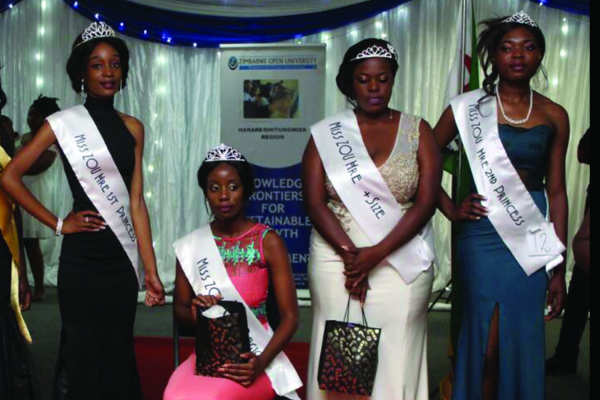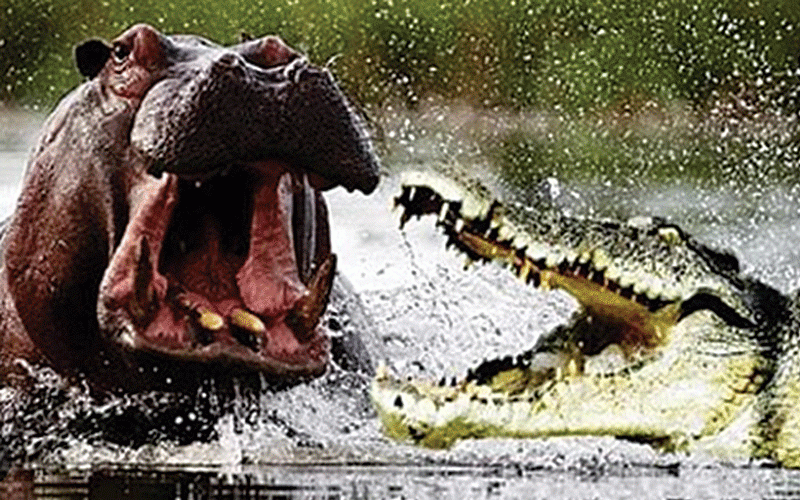
GROWING up in the dusty streets of Mkoba, John Mahove always had a passion for art, but had no idea how to go about it.
BY LEARNMORE NYONI
As a pupil at Chaplin High School in Gweru, the school ranked mathematics and sciences highly over the arts. He had to be serious in the subjects ranked as the most important, if he was to win the favour of his teachers and parents.
His teachers did not make it any easier for him, as they always encouraged him to pursue “respectable and rewarding” careers such as becoming a pilot, doctor or something science-related.
Although well-meaning, such educationists rigidly mould all their students into these “respectable” career paths regardless of their passions, interests, personal creative and intuitive capabilities.
As such, Mahove chose to do the revered sciences combination of mathematics, physics and chemistry at Advanced Level and scored 11 points in 2001.
He then considered a career in medicine, but the University of Zimbabwe selection team had a surprise for him: they selected him for Metallurgical engineering, something he had never dreamt of doing!
After graduating with a metallurgical engineering degree in 2006, he pursued a career in engineering.
- Chamisa under fire over US$120K donation
- Mavhunga puts DeMbare into Chibuku quarterfinals
- Pension funds bet on Cabora Bassa oilfields
- Councils defy govt fire tender directive
Keep Reading
Due to limited job prospects locally, Mahove joined the great trek to South Africa and settled in Cape Town, where he ended up selling the few artworks he had carried along to support his hunt for metallurgical jobs.
It was this realisation that art was now supporting metallurgy, and not the other way round, that it dawned upon Mahove that he had to follow his passion. He forfeited metallurgy and engaged in art full-time.
Today, Mahove lives comfortably in Zimbabwe working fulltime as an artist. He has opened his studio in Gweru, where he spends his day either sketching or painting portraits largely of wild animals, a trade that has seen him become one of the most sought-after artists in Zimbabwe.
Although the price each artwork fetches depends on its size and details, some of his artworks earn well over $1 000 each.
Mahove says the joy that he finds after finishing an artwork is indescribable and no amount of money can buy it.
He regrets that the education system stole away six years of his life he spent doing A Level and at university and financial resources lost and time and money he could have spent developing his artistic talent and masterpieces.
Mahove’s life experiences are reflective of the shortcomings of our education system in two areas.
Firstly, the pushing of students into fields of study that they are neither interested nor passionate about costing the people concerned and the nation at large by failing to tap into their creative potential in time.
This pushing of students towards sciences, accountancy and other such careers that are considered noble by educators suffocates the creative and intuitive minds of the not so scientifically gifted students.
Secondly, the selection processes of our tertiary institutions more often than not, remotely selects students into various fields of study without interviewing them to ascertain their interests and passions so that they can guide them accordingly into their appropriate careers paths.
Mahove is one of the many Zimbabwean students that the education system wrongly moulded into becoming what they are not and never allowed them a chance to discover where their true passions lie.
Sadly, not many are as bold as Mahove to forfeit a science career for one in the arts.
While schools are essential in developing lifelong skills in research, critical thinking and encouraging the thought process they, however, promote conformity and standardisation.
Those that fail to live up to the expectations of examinations are eternally condemned as dull, a tag that may stifle creativity in other careers such as the arts.
It is this structured environment that many pundits argue stifles creativity and innovation while pushing students to “study harder” in areas that they are neither passionate about nor even competent in.
The education system demands the “right answers” and in the process students creatively express themselves less and concentrate on getting the “right” answers in class.
Education systems rank the scores in tests so highly as a sign of intelligence and academic worthiness while creative minds in arts and sports are left in the periphery.
The call for Stem, while very commendable in pushing for the adoption of science and engineering disciplines for economic development, such initiatives may become white elephants if the concepts of innovation and creativity are not integrated into the learning processes.
The advent of the digital technology has, however, been a blessing in disguise, as it has given a lot of young creative minds a platform to express themselves without censorship, in the process promoting the growth of new ideas, concepts and technologies.
Although the current education system will, however, continue to be credited for opening up various avenues for students to choose carers for themselves, it needs to recognise and appreciate creativity and innovation even against the dictates of the “tried and tested” methods of new knowledge, technologies and ideas are to be created.











